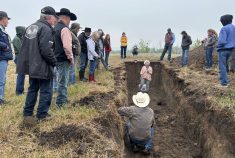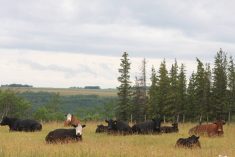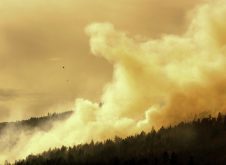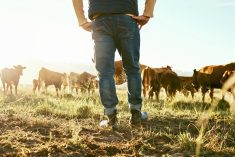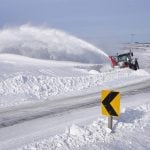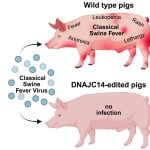The 2019 federal election is done and gone, leaving the country with a Liberal minority government and some strong feelings. It will also leave the beef industry looking for common ground with elected officials from various parties, at least for the next couple of years.
These days, the way to a Liberal or NDP MP’s heart seems to be through his or her environmental priorities. The beef industry has been having a rough time in the press, but Canadian beef producers have a good environmental story to tell. Grasslands and forage stands sequester carbon and provide habitat for everything from birds to moose. The species in these habitats have evolved alongside ruminant grazers, and grazing is necessary to maintain the health of those ecosystems. Many producers are motivated to not only maintain the health of their land, but improve it.
Read Also
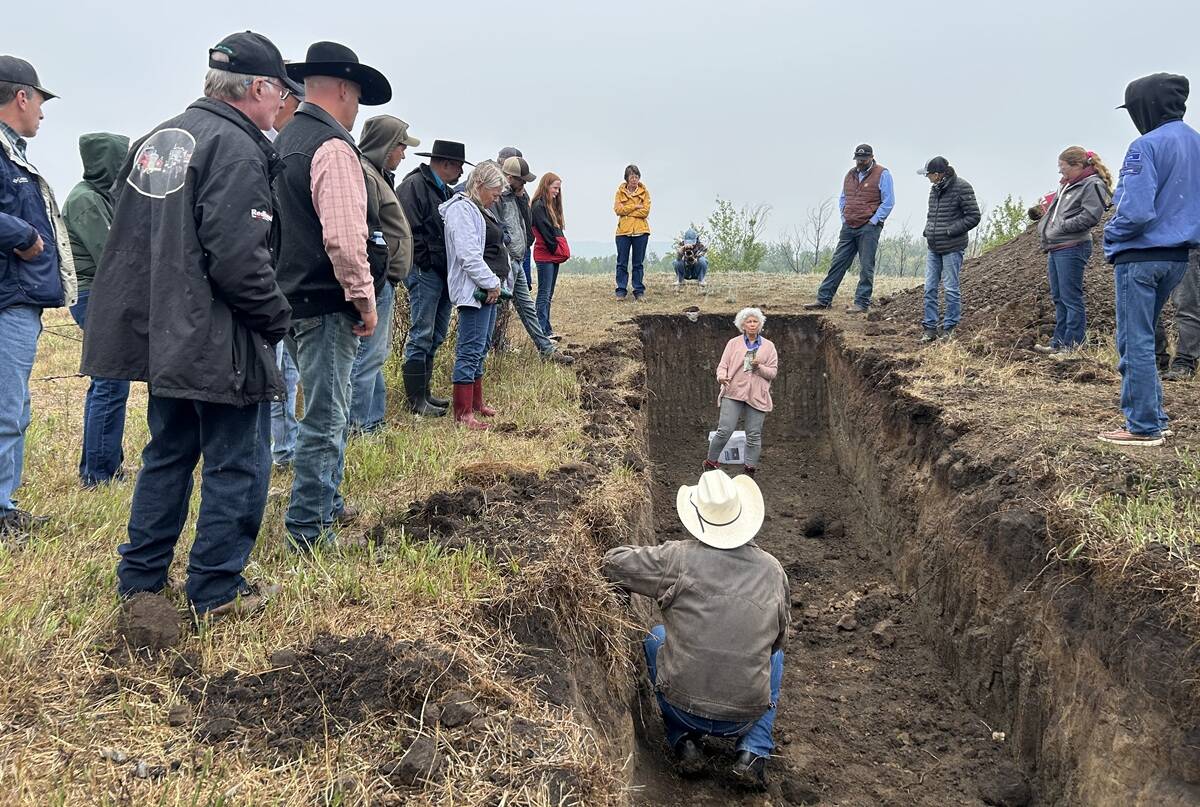
Improving soil health on the ranch
Yamily Zavala, PhD, talks soil health for farmers and ranchers at a grazing club field day at Paradise Hill, Saskatchewan.
There are a couple of things that strengthen the beef industry’s ability to position itself as friend, not foe, of the environment. One is the ongoing research and extension into everything from carbon sequestration to feed efficiency. I know I am preaching to the converted here, but it’s worth stating that beef producers are raising more pounds of beef with fewer resources than in decades past, due to all sorts of incremental genetic and management changes, all while preserving land that is sequestering carbon.
It also helps that beef producers now have some environmentalists in their corner. For example, Karla Guyn, CEO of Ducks Unlimited, has publicly extolled the environmental benefits of beef production. And Dr. Christian Artuso, Manitoba projects manager for Bird Studies Canada, has publicly talked about how he turned away from a vegetarian diet once he realized that beef producers protect wildlife habitat.
The Canadian Cattlemen’s Association (CCA) is also working to establish new relationships with environmentalists, notably Steve Lee. Lee is executive director for the Foundation for Environmental Stewardship, which created the Three Percent Project. People with the Three Percent Project are travelling to Canadian schools to talk about how students can offset climate change. The CCA provided information on sustainable beef production to Lee and also arranged for him to visit several beef operations in different provinces. It will be interesting to see where this goes in the long term.
As a bit of an aside, you’ve likely noticed that animal rights activists have been using environmental issues as part of their argument against raising livestock. Being able to inject a little logic into that debate is helpful, too.
Of course, beef producers have other concerns that they want government to address. Regulatory burden is one. The new National Beef Strategy is calling for a “one-for-one” regulatory approach, which means that every time the government introduces a new regulation, it will remove one. The idea is that such an approach makes policy makers think carefully before they introduce new regulations and take a closer look at alternatives to regulations.
Personally, I think this makes a lot of sense and it’s an approach I wish political leaders at all levels of governments would adopt. We all need to direct our time and resources at the important issues and stop sweating the small stuff. One sticking point, I suppose, is agreeing on what the big and the small stuff is. The other is the momentum behind creating more regulations in this country, which becomes a big problem for exporting industries.
“Regulatory creep at a time when the United States, a major competitor, is reducing regulatory burden is a concern for future competitiveness,” states the strategy.
The National Beef Strategy is also calling for a science-based regulatory system that is more outcome- based than prescriptive. For example, it recommends studying which parts of the beef industry are most at risk for antimicrobial resistance, with the overall goal of making sure the industry still has access to antimicrobials in the future. It calls for streamlined approval of new forage and grain varieties, as well as inputs and biotechnology. It raises concerns about the pending changes to transportation regulations.
The beef industry may find some support from the NDP in business risk management reforms. In an article published in The Western Producer before the election, Alistair MacGregor, ag critic at the time, stated that the NDP wanted to review business risk management programs and push for more flexible programs that better respond to increasing global market and climate change risk. Better business risk management and livestock tax deferral programs are also part of the National Beef Strategy, and market volatility and “varying climatic conditions” are two of the risks listed by the report’s authors. There is a possibility that everyone could get on the same page on this issue.
It will also be worth reminding the NDP that the overwhelming majority of beef operations are run by families, just in case they have any ideas about factory farming.
No doubt the national cattle groups have a tough slog ahead of them on many issues, but the industry is positioned to make gains on some issues. I think cautious optimism, working with others and relentless logic will be the keys to seeing some success.




